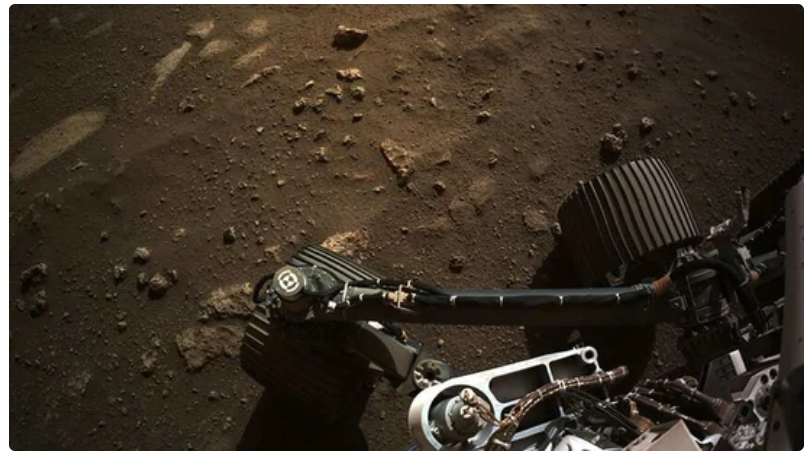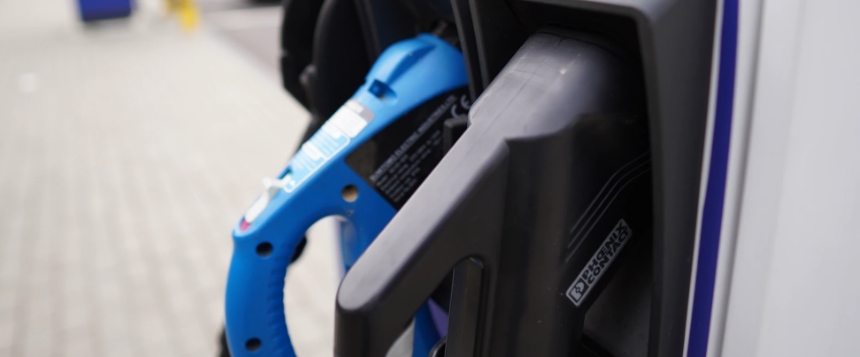
Nasa's Perseverance makes 'unexpected' discovery about volcanic lava on Mars The Perseverance rover was sent by Nasa to Mars earlier this year. Its task is to collect rocks from the planet's surface to identify the signs of life. The mission is just the start of Nasa's broader plans to explore our neighbouring planet. The Perseverance rover, sent by American space agency Nasa to explore the surface of Mars, has made a surprising discovery. The rover’s latest findings suggest that the bedrock it has been driving over since landing 10 months ago is made of volcanic lava. Nasa scientists, who look after the mission, say the discovery was “completely unexpected”. Till now, the scientists believed that the layered rocks which Perseverance took photos of were sedimentary. Nasa’s Jet Propulsion Laboratory (JPL) said that the discovery has the potential to accurately date the critical events in the history of the Red Planet. It also said that the rocks in the Jezero Crater, where Perseverance is carrying out its discoveries, have interacted with water multiple times, adding that some rocks even contain organic molecules. The findings were announced at a news briefing at the American Geophysical Union fall science meeting in New Orleans. Scientists were always wondering about the composition of the rocks found on the Martian surface. "The crystals within the rock provided the smoking gun," said Ken Farley, Perseverance project scientist at the California Institute of Technology in Pasadena, California. To understand the composition of the rock, Perseverance took a sample using a drill installed at its robotic arm. The drill can grind, or abrade, rock surfaces to allow other instruments like Planetary Instrument for X-ray Lithochemistry (short form PIXL) to map the elemental composition of the rocks. One such sample taken on November 23 showed that the rock had an unusual abundance of large olivine crystals engulfed in pyroxene crystals. “A good geology student will tell you that such a texture indicates the rock formed when crystals grew and settled in a slowly cooling magma - for example a thick lava flow, lava lake, or magma chamber,” said Farley. Source - Hindustan Times
- 0
- 0
- ₹0

















